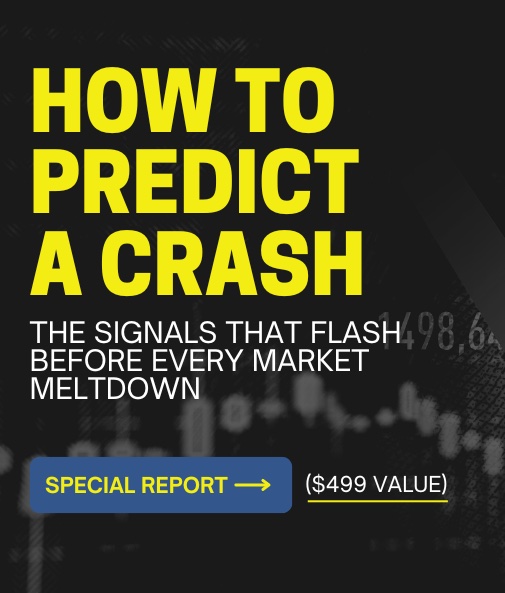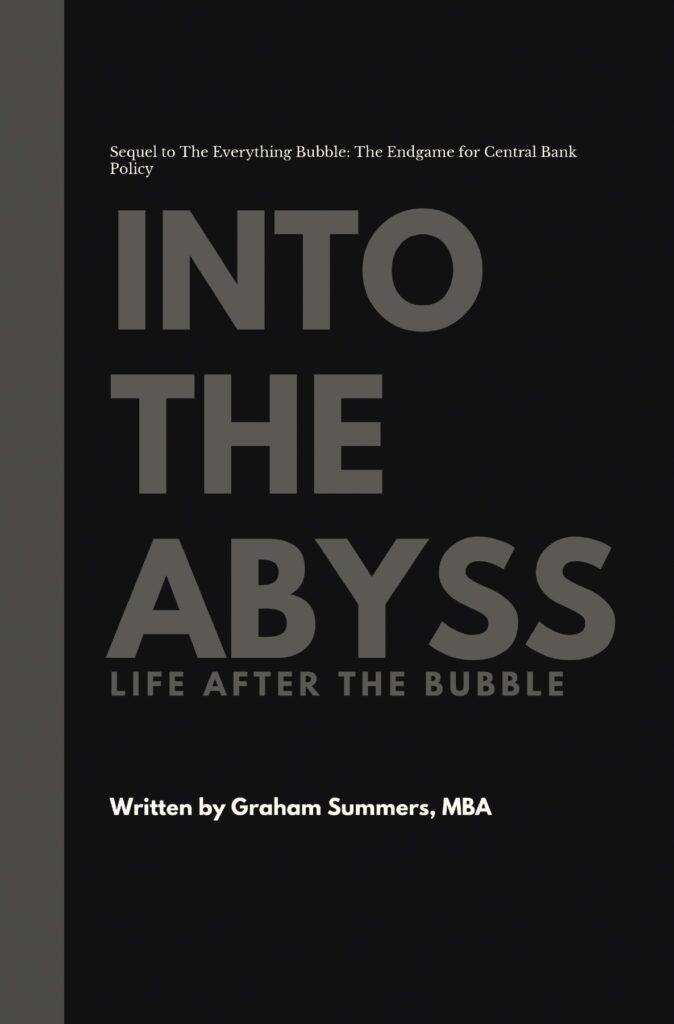THE ONLY REPORT INVESTORS NEED TO KNOW WHEN TO GET OUT OF STOCKS
LISTEN TO OUR PODCAST.
GRAHAM'S NEW BOOK WAS THE #1 NEW RELEASE IN FOUR CATEGORIES ON AMAZON
HOT TOPICS.
- 2008
- bail-ins
- bear market
- Bernanke
- big banks
- bond bubble
- bonds
- BOVESPA
- Carry Tax
- cash ban
- central banks
- China
- collapse
- contraction
- crash
- crisis
- debt
- debt crisis
- debt implosion
- deflation
- Derivatives
- economic collapse
- Federal Reserve
- inflation
- interest rates
- investing
- Jp MOrgan
- meltdown
- NIRP
- Operation Twist
- PboC
- Private wealth
- QE
- recession
- S&P 500
- slowdown
- stock market crash
- stocks
- TBTFs
- the Fed
- the market
- US Dollar
- War on cash
- Yellen
- ZIRP
Category Archives: The Economy
Is the Fed Trying to Crash Stocks?
By Graham Summers, MBA | Chief Market Strategist The #1 mandate for the Fed is to maintain financial stability. That is literally the Fed’s job. It’s supposedly why the Fed was created in 1913. The stock market just experienced one … Continue reading
Posted in It IS different this time., stock collapse?, The Dollar, The Economy, The Everything Bubble, The Markets
Comments Off on Is the Fed Trying to Crash Stocks?
How Trump’s Negotiating Strategies Can Make You Money
By Graham Summers, MBA | Chief Market Strategist Thus far, the Trump tariff wars are following a negotiation framework that Trump has used throughout his career in commercial real estate. That pattern: Regarding #1, anchoring is a psychological phenomenon through … Continue reading
Posted in The Economy, The Markets, Trump 2nd Term
Comments Off on How Trump’s Negotiating Strategies Can Make You Money
If You’ve Got Money in the Markets… You NEED to Read This!
By Graham Summers, MBA | Chief Market Strategist I keep warning that “this time really is different” when it comes to the economy. Everyone knows this on some level… but most analysts are refusing to acknowledge it. Remember, never before … Continue reading
Posted in It IS different this time., It's a Bull Market, The Economy
Comments Off on If You’ve Got Money in the Markets… You NEED to Read This!




